
A Zoo in My Luggage by Gerald Durrell
In 1957, Gerald Durrell and his wife set out to "collect" animals from Bafut in the British Cameroons of West Africa for their zoo, a location for which was yet to be secured. They returned with a menagerie of creatures and the novel is an account of how he shifts the animals around England while scouting for a permanent location. 'Throughout my life,' he writes, 'I have rarely if ever achieved what I wanted by tackling it in a logical fashion.' A Zoo in my Luggage is a hilarious true story of animal relocation written in Durrell's inimitable style that combines charming descriptions with dry humour. His timeless classic, My Family and Other Animals, is a childhood adventure. This novel captures his unwavering love for wildlife and nature as an adult.

The Jungle Book by Rudyard Kipling
Who can forget Mowgli? The little boy who was raised by a pack of wolves in the jungles of India. The book follows his adventures with all kinds of animals—Bagheera the black panther and Baloo the bear who teach him the important laws of the jungle to Sher Khan, the tiger who is Mowgli's mortal enemy. Other stories include Rikki-Tiki-Tavi, the tale of a brave mongoose who saves a family from two vicious cobras and Toomai, a young mahout and his elephant. The book transports you to a world of forests and animals, one riddled with meaning and symbolism in a way that can be enjoyed by both children and adults alike.

Man-Eaters of Kumaon by Jim Corbett
After much persuasion from his friends and family, Jim Corbett finally penned down this riveting memoir of his encounters with big cats in the Indian Himalayas. First published in 1944 by Oxford University Press, Corbett used stories from his previous book titled Jungle Stories as its basis. The stories follow him as he tracks and kills several man-eating tigers in India, including the terrifying Champawat Tigress, who set a world record by killing 436 people in Nepal and India before being shot by Corbett in 1907.

The Snow Leopard by Peter Matthiessen
The Snow Leopard is a day-by-day account of the author's journey into the remote Dolpo region of the Nepal Himalayas with his friend, the biologist George Schaller, to study the mating patterns of the Himalayan blue sheep. He also hopes to catch a glimpse of the elusive snow leopard which ultimately becomes a metaphor for his own spiritual quest as the book progresses. "Figures dark beneath their loads pass down the far bank of the river, rendered immortal by the streak of sunset upon their shoulders." His empathy towards the natural makes this book one of the greatest examples of both nature and travel writing.

The Elephant Whisperer by Lawrence Anthony with Graham Spence
Lawrence Anthony, the wildlife conservationist, took in a herd of wild African elephants at his Thula Thula game reserve. The matriarch and her baby had been shot leaving the herd traumatized and highly dangerous. Anthony realized he might be their last chance of survival. This book is the incredible story of his struggle to form a bond with these elephants who ultimately accepted Anthony as their matriarch. When he died in 2012, the same herd of elephants made a twelve-hour journey to his home to mourn his death.
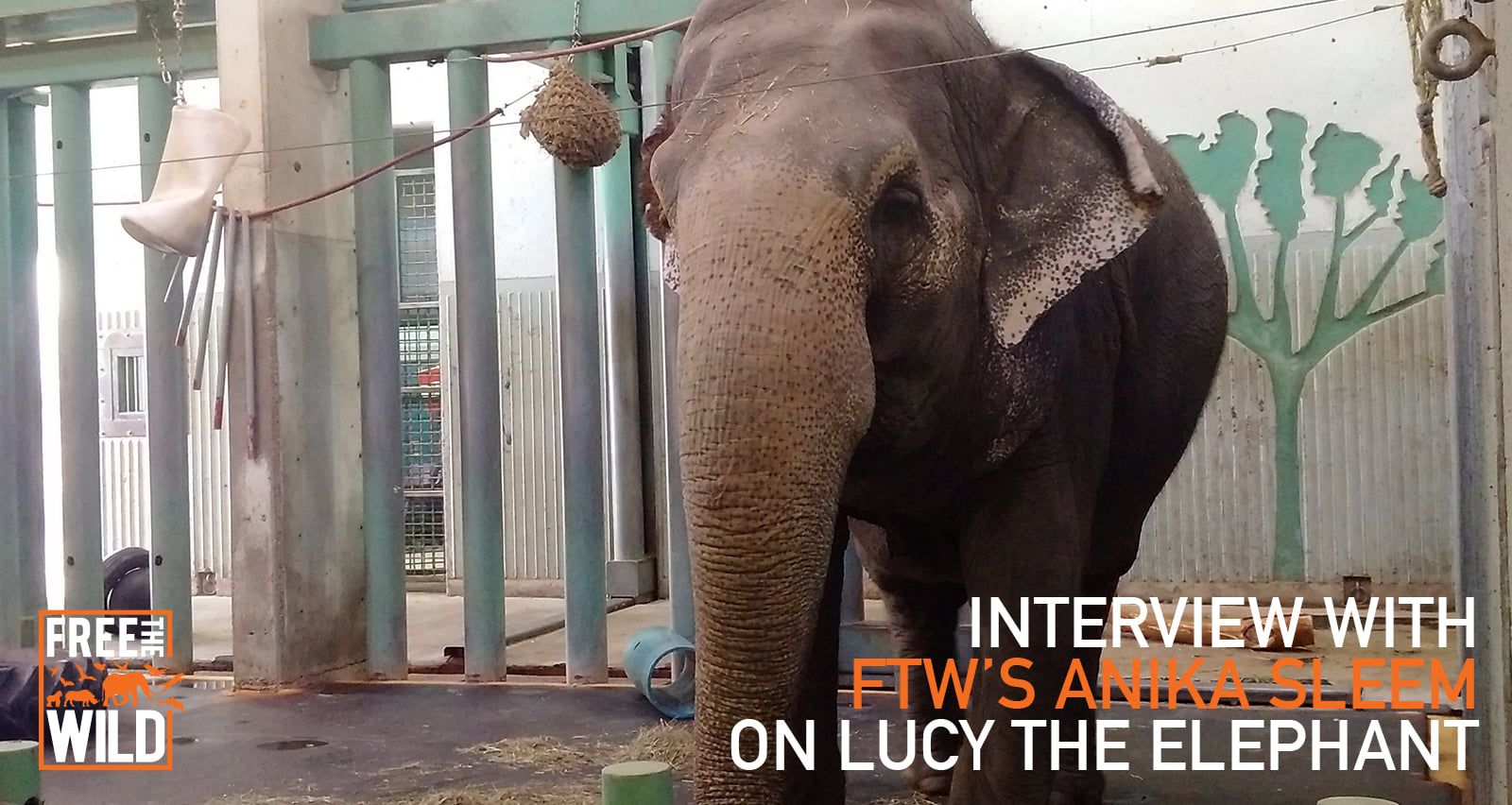
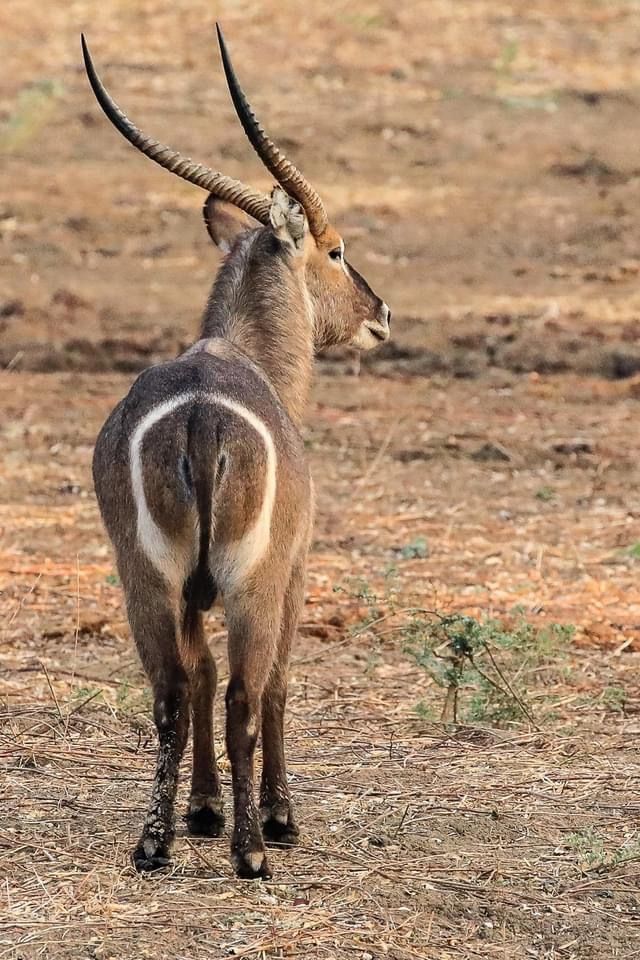 The white ring around the waterbuck’s hindquarters has led to many tales. A favorite is that they were the first animals to use the toilet on Noah’s Ark. The newly-installed toilet seats on the ark were still wet with paint and left a distinctive white ring on their rumps. Despite these bucks being a part of the ‘butt joke’, there are valid reasons for the white markings on their hindquarters. Flashes of color often scare off predators and act as a ‘follow me’ sign, helping other waterbucks flee when in danger.
The white ring around the waterbuck’s hindquarters has led to many tales. A favorite is that they were the first animals to use the toilet on Noah’s Ark. The newly-installed toilet seats on the ark were still wet with paint and left a distinctive white ring on their rumps. Despite these bucks being a part of the ‘butt joke’, there are valid reasons for the white markings on their hindquarters. Flashes of color often scare off predators and act as a ‘follow me’ sign, helping other waterbucks flee when in danger.
Waterbuck are sexually dimorphic, meaning males and females have external differences apart from their reproductive organs.
Males can be up to 25% larger than their female counterparts and they carry the defining feature of beautiful, long, ringed horns.
These horns curve backward and then forward and vary in length from 55 cm to 99 cm. The age of the bull determines the length of the horns.
Waterbuck horns will begin to develop at around 8 to 9 months and mark the young buck’s time to separate from the herd. Young males form bachelor groups remain together until they mature and move on to make their own herd. Waterbucks’ diets are rich in protein and other nutrients. This includes coarse grasses that are seldom eaten by other plain animals and long sweet grasses like buffalo grass.
During the dry season, they supplement their diet by browsing on leaves from shrubs and certain trees, such as the Sweet thorn (Vachellia karroo). At times, you will find them shoulder-deep in water, eating roots and other aquatic plants.
They also enjoy browsing on certain fruits, especially the marula fruit during the ripe season. These antelope typically eat in the mornings and late afternoons and chew cud for the remainder of the day.
These herbivorous animals have remarkably high water requirements. They need to drink often, which is one reason why they remain close to permanent water points at all times. You’ll often find them nestled in reed beds near rivers and dams, or on floodplains.
Common waterbuck are social animals. They live in herds or groups of up to 12. Male antelopes are dominant over a certain territory, and their herd consists of females, young bachelors, and calves.
The herds are constantly changing, as individuals can join or leave at any time, provided there aren’t other males looking to dominate the territory.
When a bachelor threatens the territory of a herd leader, the dominant male will posture aggressively and even start a fight if necessary. These fights can be fatal, as the waterbuck uses its long, strong horns in combat.
Typically, a waterbuck will live up to 18 years in the wild. In general, 12-15 years is a good life for a wild waterbuck. @GodfreytheGuide #Antelope #https://www.instagram.com/p/CQo-ZP4gIwZ/?utm_medium=copy_link
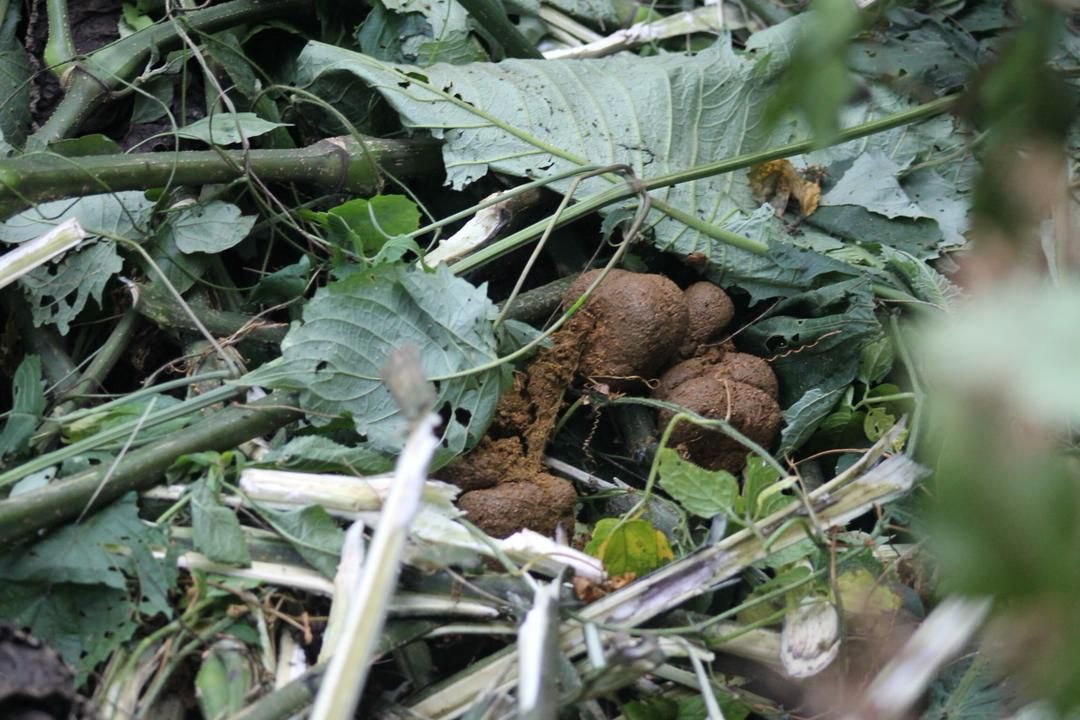
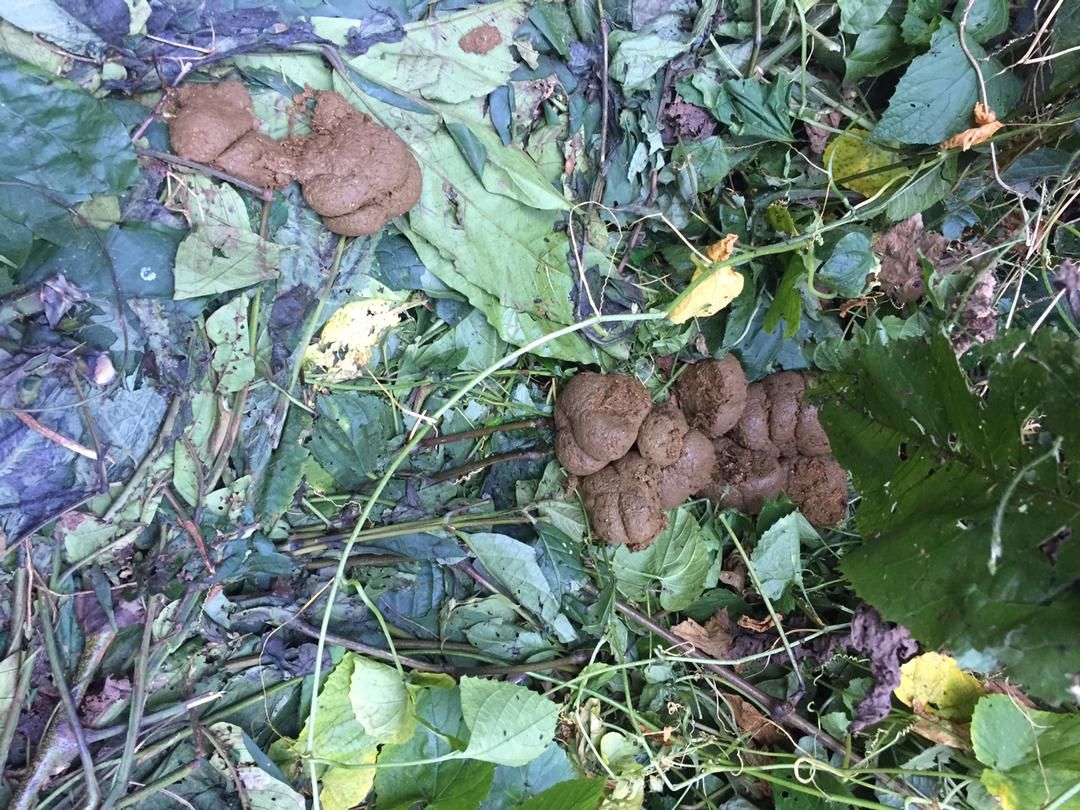
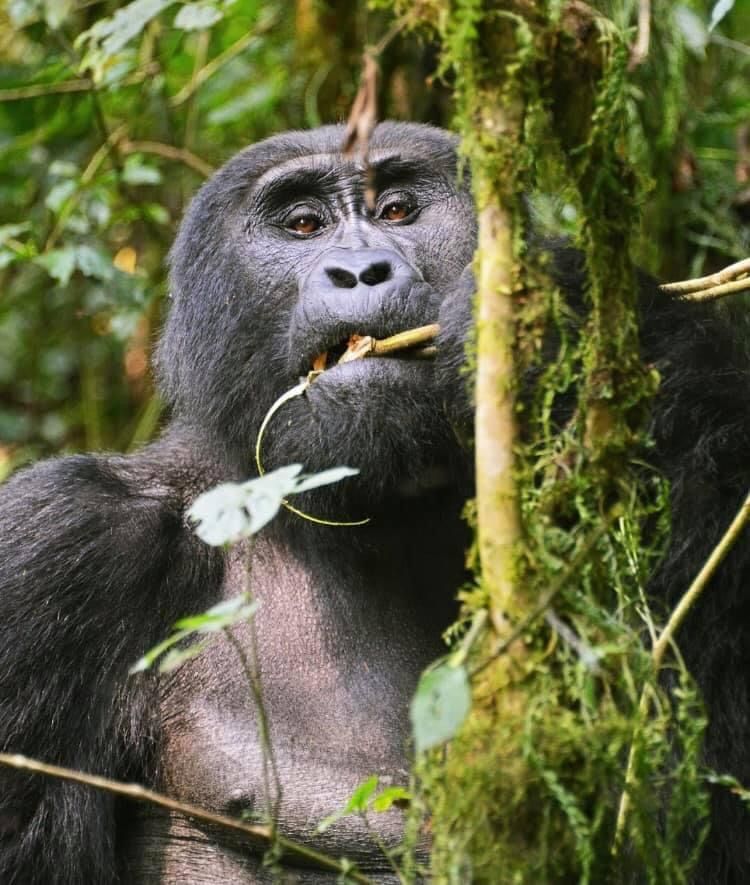
Sending you lovely greetings from the land of mountain
Gorillas and the Pearl of Africa. Following our interaction last week, I come
here again with some facts about mountain Gorillas, which I have learnt throughout.
Truly I first encountered them, when I was 5 years old,
since then my experience and love for them has been interesting
. Gorillas are ground-dwelling, predominantly herbivorous
great apes that inhabit the tropical forests of central Sub-Saharan Africa. The
Gorilla genus is divided into two species the eastern gorillas and the western
gorillas, and either four or five subspecies. They are the largest remaining
primates (Apes) on earth.
As our main focus is on Mountain gorillas, mountain gorillas
only live in the dense vegetation of Uganda's Bwindi Impenetrable Forest
National Park and along the dormant volcanic Virunga Mountain range that
stretches across Rwanda's Volcanoes National Park, Uganda's Mgahinga Gorilla
National Park, and Virunga National Park in the Democratic Republic of the Congo.
Amongst
the questions was, what’s
threatening the live of a gorilla and will they be extinct?
One of the main reason’s gorillas are going extinct is
habitat loss, forests where gorillas have lived for many years are being
destroyed for agricultural use, commercial logging and many other activities,
this leaves gorillas in hard conditions as they can hardly live elsewhere
except in their Natural habitats
One
other burning and lovely question was, how strong are mountain Gorillas?
Now, I want to make one thing clear. No one really knows how
strong a gorilla is. They haven’t competed in strong man (ape) competitions.
And no one has fought a gorilla against a buffalo, hippo or even a bear
(thankfully). This post is a combination of facts and conjecture.
Another
interesting question was, do gorillas talk?
Just like in humans, gorilla communication can occur through
a variety of methods body postures, facial expressions, vocalizations. Mountain
Gorillas use a variety of behaviors and vocalizations to communicate dominance
Another
one was, what do
Gorillas eat?
Mountain Gorillas stick to a mainly vegetarian diet, feeding
on stems, bamboo shoots and fruits. Western lowland gorillas, however, also
have an appetite for termites and ants, and break open termite nests to eat the
larvae.
And the
main deal of this article was, where do mountain gorillas sleep?
Mountain Gorillas build nests in which to sleep, both on the
ground and in trees, made of leaves and branches. Counting abandoned nests is
an effective way for scientists to estimate population size. As you will see
the photos bellow.
And of
course, like many conservationists. Another question was who scares the gentle
giants?
mountain gorillas like other primates and humans are scared
of water and some insects like caterpillars and reptiles like Chameleon.
Gorillas like other apes including humans find it hard to swim naturally which
prompts them to desist from expanse water masses (big water bodies) like Lakes
and Rivers. And part from humans,
gorillas don't really have enemies. The only predator to prey on gorillas is
the leopard. Walter Baumgärtel found the remains of several gorillas after they
had been killed by leopards in the Virunga Volcanoes.
Amongst
other questions was, how can one help to save these gentle Giants?
One of the most effective ways to help mountain gorillas
survive, is to donate money to organizations working on the ground to conserve
the species. Numerous organizations including Over and Above Bwindi (OAB) under
Interior safaris East Africa have
spent decades finding effective methods for protecting mountain gorillas, and
most rely on grants and donations to fund our work through these activities, you
would have surely saved a gorilla.
Trekking or tracking the gorillas.
Creating awareness.
Avoid trekking gorillas when you're ill.
Making direct Donations.
Support the local communities.
Follow rules and regulations.
Engage in other activities.